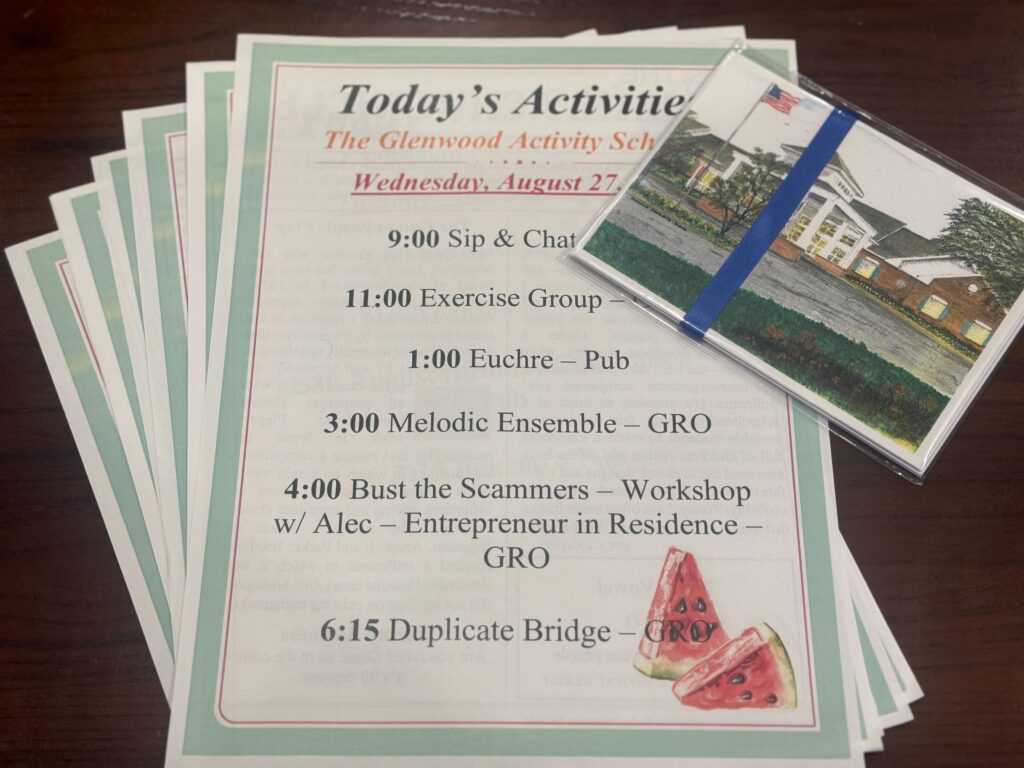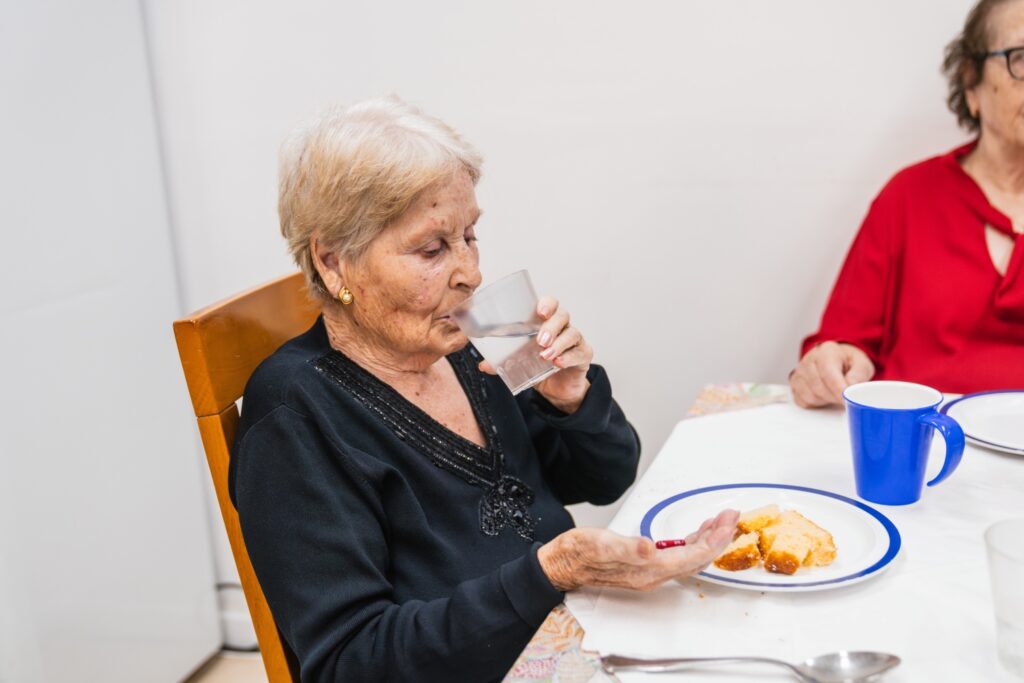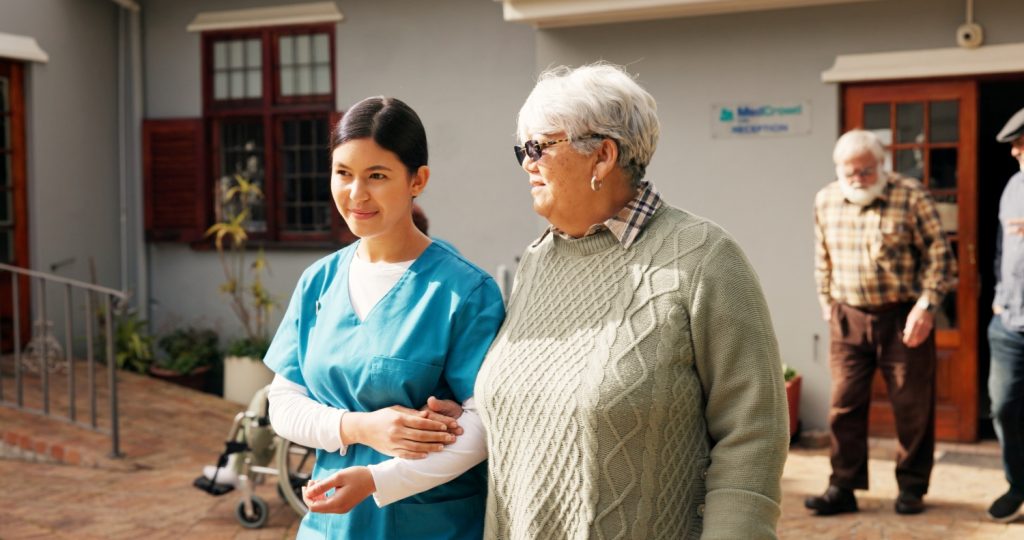
The below is excerpted from the new book, DisElderly Conduct: The Flawed Business of Assisted Living and Hospice (New Village Press, paperback, May 13, 2025).
Despite common belief, hospices are not run by volunteers. Volunteers might become part-time visitors or assistants for a variety of tasks, but hospice administrations are led by professionals who are evaluated on financial performance and organizational viability. Hospice care is free to recipients and families and available at all income levels, but hospices are businesses, and they must raise sufficient funds through donations, gifts, bequests, and reimbursements to compensate employees, repay loans, cover operating costs, and plan for exigencies.
Whether structured as for-profit or nonprofit entities, hospices rely on Medicare reimbursements for patient services, medications, and supplies. In 2020, 2 years after my mother’s death, Medicare paid for 85.4% of all hospice costs; Medicaid, 5%; private insurance, 6.9%; and charity and self-pay, 2.9%.
In time, I learned that Medicare payments to a hospice agency are disallowed if a patient’s prognosis indicates that life expectancy will exceed 6 months. I also learned that age per se is not considered a terminal illness, and neither is vascular dementia, because it does not progress in a predictable manner.
In my midwestern city, a nonprofit hospice organization had been in existence for four decades. They were known and respected for providing hospice services to people who were aging, seriously ill, or dying, as well as grief support for families and loved ones. They advertised that they were “caring every step of the way.”
• • •
Three months after my mother suffered a broken hip and was clearly not going to walk again, the resident nurse at her second assisted living facility arranged a time for us to meet with the hospice marketing team. We both listened, but neither of us heard any reason to sign up.
When I realized that my mom’s medications would be evaluated and likely be reduced, and that she’d no longer be eligible for Medicare-funded physical therapy (even though still rehabilitating from hip surgery), I said, “No.” I was told that the facility’s nurse reacted by saying I didn’t always make the best decisions for my mother, and I started to wonder whether signing up a hospice patient benefited the assisted living facility staff, because they’d have fewer tasks and responsibilities—while charging the same fees.
After my mom completed her allotted physical therapy sessions, we received a second visit from the hospice marketing team.
A discussion arose about biweekly showers from hospice aides who could relieve the assisted living facility staff (whom we’d continue to pay for in-house showers, per contract). My mother’s days were becoming less stimulating, and she could look forward to being pampered by regularly scheduled showers. We said, “Yes.”
On April 7, 2015, my mother was admitted to the routine home level of care for comprehensive interdisciplinary hospice services. She was both cooperative and content. We both felt she’d be well cared for, and we both felt calm.
• • •
Because my mom’s last years were spent in six different long-term care facilities, we experienced a range of hospice involvement. In her second home (where her hospice care began), the assisted facility nurse cultivated a relationship with hospice staff, promoted my mother’s participation, and retained control over hospice supplies and equipment. During my mother’s stay at her third residence, several hospice agencies (both for-profit and nonprofit) were present for various patients, and the facility’s staff seemed less directly involved.
‘Somehow, my mother had deviated from a normal course toward death.’
When the staff level decreased at my mother’s third home, I asked for and received additional hospice help with bedtime transfers and toileting—for what seemed to be a maximum allotment of two evenings a week. The supplemental help—in fact, the same capable personnel—continued to appear twice weekly when my mother moved to her fourth place.
As cynical as I remained about hospice’s overall presence, my mother continued to be more dependent, and I welcomed additional hands-on assistance. Beyond everything else, the word hospice was enmeshed in my understanding with the specific, sensitive moments of passage from life to death.
• • •
Apparently, a face-to-face interview, required for each 90-day service period, indicated that my mother wasn’t dying quickly enough. I hadn’t paid attention to the hospice clock that started ticking in 2015 (18 months earlier), and I hadn’t focused on previous evaluations, during which my mother had apparently met the Medicare criteria:
Things to know
Only your hospice doctor and your regular doctor (if you have one) can certify that you’re terminally ill and have a life expectancy of 6 months or less. After 6 months, you can continue to get hospice care as long as the hospice medical director or hospice doctor recertifies (at a face-to-face meeting) that you’re still terminally ill.
Only 2 months earlier, the hospice physician had attested that even though she’d had a long length of stay on hospice, she remained eligible, with a trajectory of decline indicative of a 6 month or less life-expectancy.
Somehow, my mother had deviated from a normal course toward death. The transitional moment may have occurred 2 weeks before the care meeting, when she was observed as being pleasant and cooperative. My mom may have appeared too pleasant to die, and now her hospice care was being eliminated!
• • •
A week earlier, my mother had been reported as needing total feeding assistance. The assisted living facility’s scale had been broken, but was now working correctly, and her weight was recorded at 102.2 pounds. My mom, whose lifetime weight hovered between 130 and 135 pounds, was losing weight and suffering from irreversible vascular dementia, but her physical decline was not rapid enough to satisfy Medicare protocols for hospice eligibility. The final and, apparently, pivotal evaluation said she was “pleasantly confused throughout visit and able to answer simple questions.”
My mother was found crawling on the floor attempting to get to the bathroom 3 days after that final assessment, but the decision to discharge her from hospice had already been made. The critical certification report denied any significant weight loss, changes in vocabulary, or med adjustments for several months. Anti-seizure medication was credited with preventing her seizures. She was noted to have bouts of loose stools and agitation, but both were “fairly well managed” with her current regimen.
The facts were that my mom—at 102 pounds—could not lose any more weight, and her speech was so slurred that my daughter and I were the only people patient enough to understand and anticipate her needs. The presenting diagnosis had not changed: My mother had endured one major stroke incident and a series of ministrokes at predictable intervals (usually every 6 weeks). For months, she’d been recorded as sleeping 16 to 18 hours a day. Since the previous summer, when I was asked to purchase over-the-counter medicine at an all-night pharmacy, I’d been secretly holding and dispensing supplemental doses of antidiarrhea medication.
‘Although too late for my mom, health-policy experts are finally recognizing that the rigid 6-month rule begs to be modified for dementia patients.’
My mom’s agitation had led to falls and lacerations. A debilitating cough that one caregiver referred to as “fits” was unmanageable by cough medicines, pulverized pills, diet restrictions, or nebulizers.
Neither the professional staff assembled at the discharge meeting nor I possessed sufficient data or diagnostic information to predict a rate of decline. My mom lived for another 15 months and often required nursing attention beyond the 3 hours a week allowed by the state in any assisted living facility. And now we were losing the supplemental hospice care for which we’d been encouraged to enroll.
• • •
Between April 7, 2015, and July 25, 2017, my mother was certified 14 times, by 5 different hospice physicians, for benefit periods lasting either 2 or 3 months—totaling over 850 days. Each certification predicted a death within 6 months. (In the spring of 2018, she was recertified for what would be 1 month—her last.)
In the meantime (from 2015 to 2018), Medicare spending on hospice providers in the United States rose from $15.9 billion to $19.6 billion—a 20% increase. Medicare beneficiaries of hospice services rose 12.3%—from 1.38 million to 1.55 million. The average length of stay rose almost 7%, from 86.7 days in 2015 to 92.6 days in 2019, while the average length of stay in an assisted living facility rose from 152 (in 2015) to 155 (in 2018) (from Hospice Facts and Figures, 2021 ed.).
Although too late for my mom, health-policy experts are finally recognizing that the rigid 6-month rule begs to be modified for dementia patients:
“Without a change in the 6-month rule . . . many end-of-life care experts say Medicare should come up with a new rule to provide palliative care for people with dementia that focuses on pain and other quality of life issues, and that is tailored to the person’s needs earlier in their illness. More intensive hospice services would be added later.”
In addition, long-term care observers have begun to focus on the business equation:
“Hospice programs with too many patients receiving care for more than 6 months raise some flags for Medicare, and are sometimes audited as a result—an expensive time-intensive process. If an audit uncovers seemingly inappropriate use of the benefit, the hospice might have to repay money that Medicare reimbursed, which can run up to millions of dollars.”
More than likely, the local hospice organization did not want to risk being audited on my mother’s behalf.
• • •
Six months elapsed between the cessation of my mother’s hospice eligibility and her readmission. By then, she’d spent 11 days as a hospital inpatient, and she’d been transferred by ambulance to her sixth assisted living facility. While withering from vascular dementia, my mom was being irreversibly and almost uncontrollably compromised by a medical condition that had been observed 12 years earlier but had never before been included in her hospice-related diagnosis: aspiration pneumonia.
The trigger words for hospice reacceptance were: “primary diagnosis of senile degeneration of the brain and with secondary diagnoses of dysphagia with aspiration pneumonia.” One of the days that lay ahead had now become her calculable life’s end point, and we could not expect to go further.
• • •
Within weeks, throat and swallowing complications brought an uncomfortable end to life.
Although my mother was a reinstated recipient of hospice services and a resident of a highly regarded assisted living facility, no gentle person or service assisted us on April 11-12, 2018, the night of her passing. “Hospice,” from the Latin word hospes, encompasses dual concepts: health and hospitality. Sadly, for my mother, in an almost 3-year course as a hospice patient, neither goal was met.
Judy Karofsky served as one of Wisconsin’s first women mayors. During her term in the city of Middleton, she established a now-thriving senior center and emergency medical services. Karofsky has authored numerous OpEds, articles, and papers on affordable housing, historic preservation, and regional growth. More recently she has written on institutional investing in senior housing.
Photo credit: Shutterstock/WBMUL













